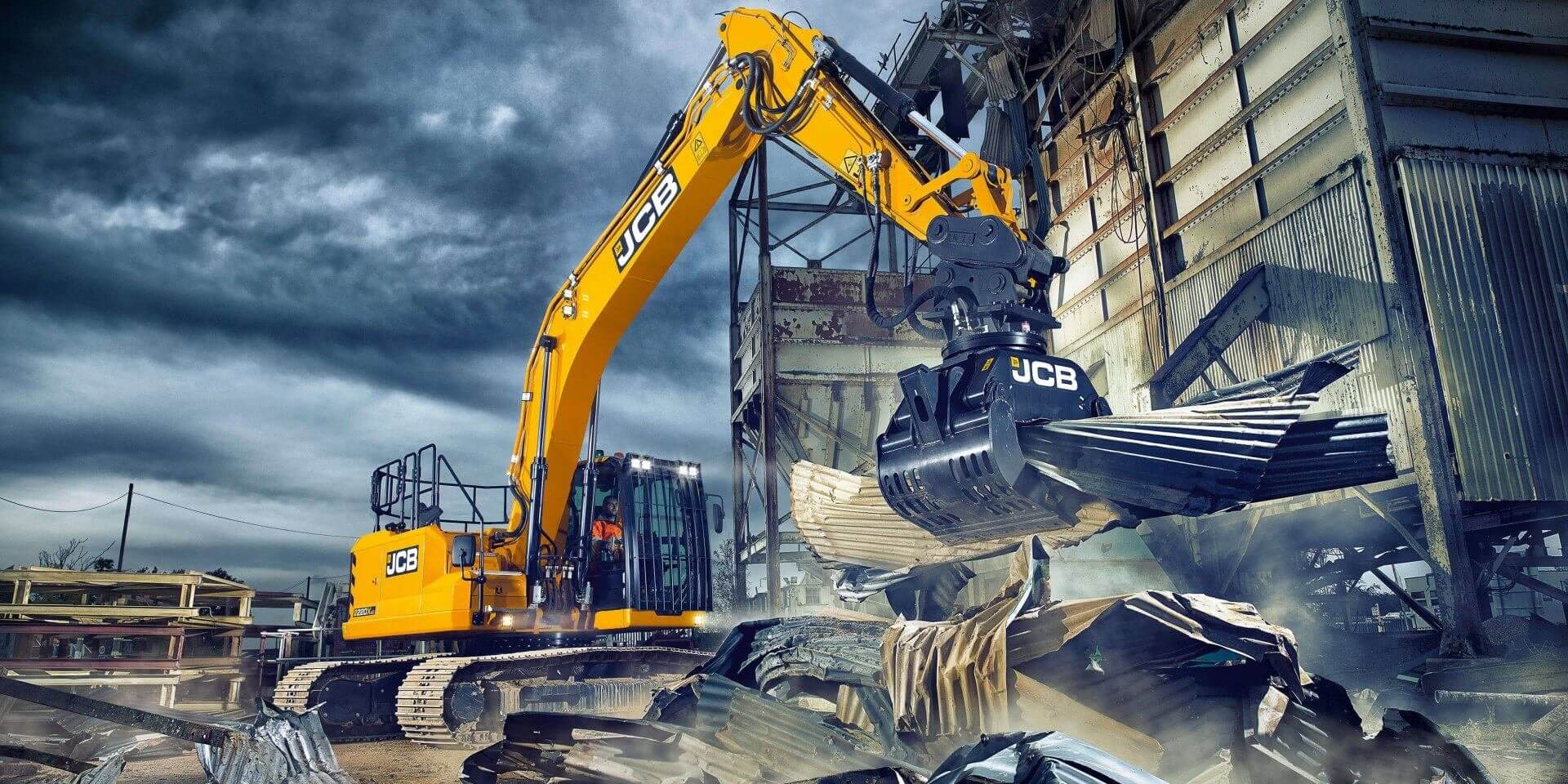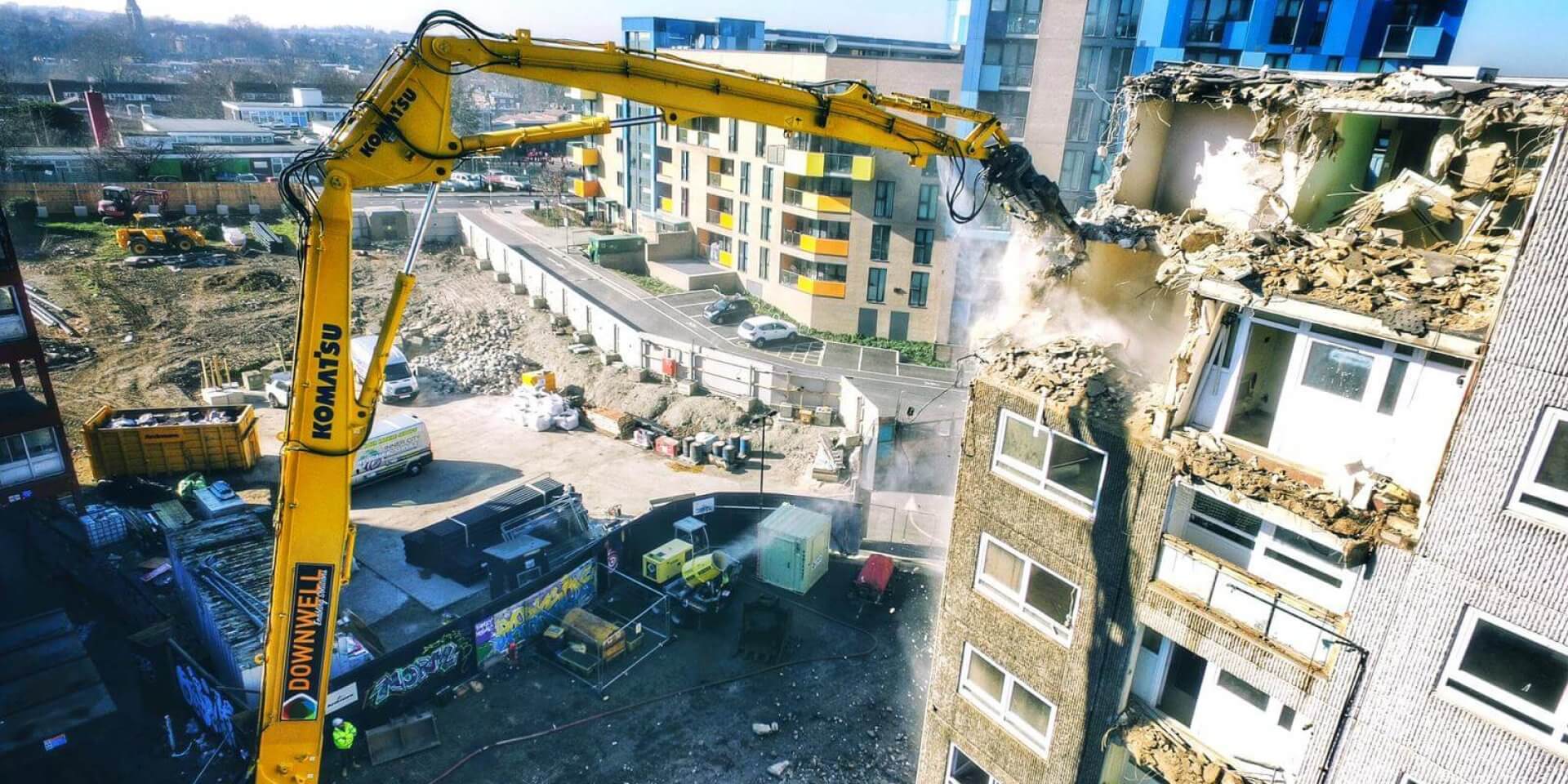Demolition and clean-up work is underway in Port-au-Prince, despite lack of plan.
 More than two weeks after the 12 January earthquake, the work of taking apart a ravaged city is slowly, and chaotically, beginning.
More than two weeks after the 12 January earthquake, the work of taking apart a ravaged city is slowly, and chaotically, beginning.
While aid agencies and the government are still focused on tending to the hundreds of thousands left homeless and injured, many Haitians are picking up the pieces and moving on.
The government estimates that 25,000 government offices and businesses either toppled or need to be demolished. In addition, there are 225,000 residences that are no longer habitable. Estimates suggest that around half a billion cubic metres of concrete and rubble will need to be hauled out of the city.
However, there is no official demolition plan in place yet. Asked about tearing down the teetering buildings that crowd the streets of downtown Port-au-Prince, the spokesman for the United Nations Stabilization Mission in Haiti, Vincenzo Pugliese, said demolition is part of the reconstruction effort.
While much of the debris is simply garbage, some of it could become the foundation for the rebuilding of Port-au-Prince, said Herb Duane, the president of a Boston demolition firm that cleared the earthquake damage in Managua and Guatemala in the 1970s.
Poured concrete can be crushed, turned into aggregate and reused, he said. To do that, however, the country will likely have to import mobile crushing plants that separate out metals and other debris.
And while steel rebar should not be reused in construction, it has a scrap value on the international market of about $100 a ton, Duane said.
Read the full Miami Herald story and watch the video here.





